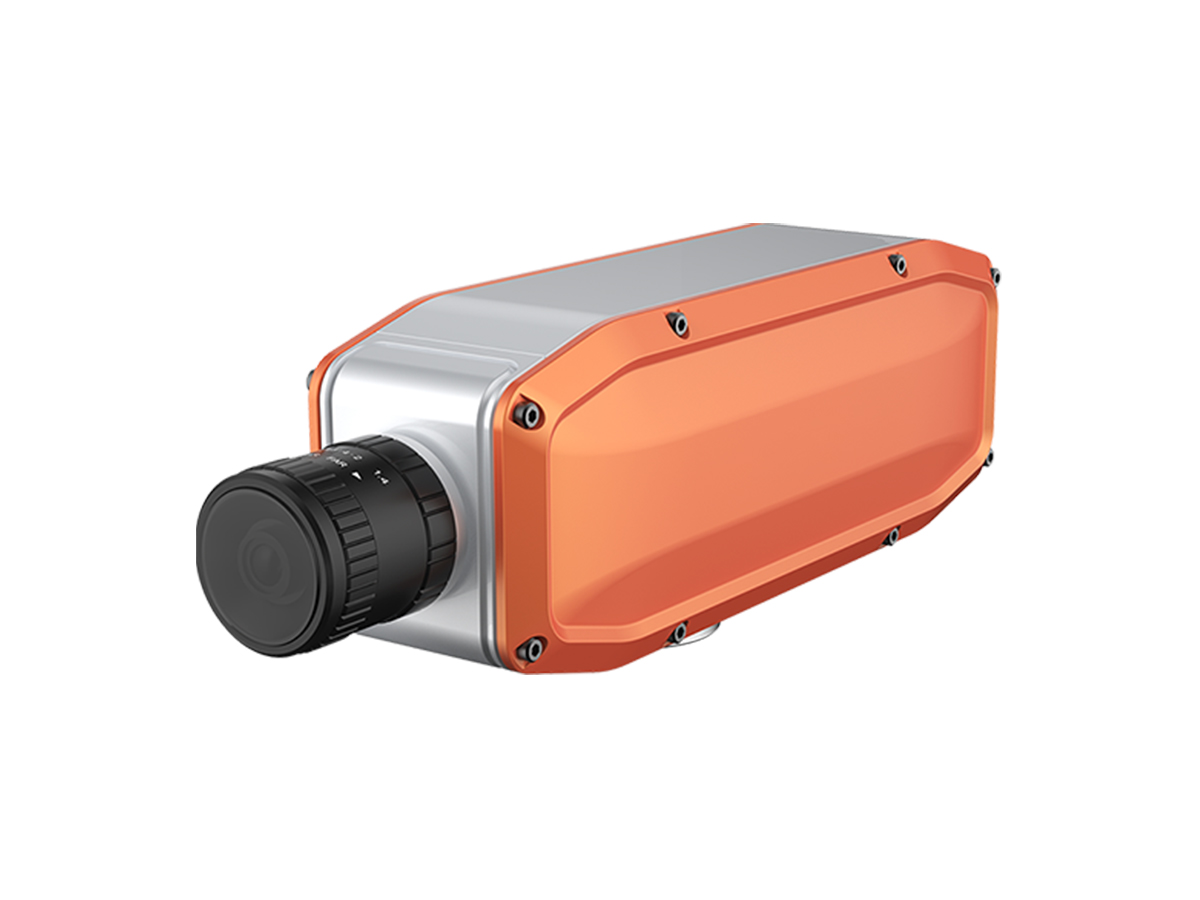Technical Articles

A Review of Research on Hyperspectral Camera Applications in Agriculture
summaries
Hyperspectral Camera (HSC) is an advanced remote sensing equipment capable of acquiring continuous narrow-band spectral information, which has been widely used in the field of agriculture in recent years. Based on published scientific papers, technical reports and official reports, this paper summarizes the current status of the application of Hyperspectral Camera in crop monitoring, pest and disease detection, soil analysis, precision agriculture, etc., and discusses the future development trend. It is shown that hyperspectral imaging technology can provide finer spectral information than traditional multispectral remote sensing, which helps to improve the precision and efficiency of agricultural production.
Keywords: hyperspectral camera, agricultural remote sensing, precision agriculture, crop monitoring, pest and disease detection
1. Introduction
With global population growth and climate change, agricultural production faces enormous challenges. How to increase crop yields, optimize resource use and reduce environmental impacts has become the focus of modern agricultural research. Hyperspectral camera, as an advanced remote sensing technology, is able to acquire spectral information of objects in hundreds of consecutive narrow bands, thus providing richer data than traditional RGB or multispectral cameras (Zhang et al., 2020). In recent years, hyperspectral imaging technology has been increasingly used in agriculture, covering crop growth monitoring, early identification of pests and diseases, and soil nutrient analysis.
Based on published scientific research papers, government reports and industry application cases, this paper systematically combs through the applications of hyperspectral cameras in agriculture and discusses their future development direction.
2. Overview of hyperspectral camera technology
Hyperspectral cameras acquire spectral reflectance features of target objects by imaging in successive narrow bands (typically 5-10 nm bandwidth). Compared with multispectral cameras (usually only a few broad bands), hyperspectral data can more accurately identify physiological and biochemical characteristics of crops (Li et al., 2019). Currently, hyperspectral cameras are mainly categorized into:
- Push-broom: Suitable for UAV or satellite platforms with progressive scanning imaging.
- Snapshot: Suitable for real-time monitoring, but with low spectral resolution.
- Whisk-broom (pendulum sweep): Mainly used for aerial remote sensing.
In agricultural applications, Unmanned Aerial Vehicle (UAV)-borne hyperspectral cameras have become a research hotspot due to their flexibility and high resolution (Wang et al., 2021).
3. Hyperspectral camera applications in agriculture
3.1 Crop growth monitoring and yield forecasting
Hyperspectral data can reflect the chlorophyll content, water status and biomass of a crop to assess crop growth. Example:
- Estimation of chlorophyll content: Inversion modeling in the red-edge band (680-750 nm) allows accurate estimation of crop chlorophyll content (Gitelson et al., 2003).
- Biomass projections: The near-infrared (NIR) band is highly correlated with crop biomass and can be used for yield prediction in crops such as wheat and corn (Hansen et al., 2020).
3.2 Early detection of pests and diseases
While traditional methods rely on manual inspections, hyperspectral imaging allows for early identification through disease-induced spectral changes in leaves:
- stripe rust of wheat: Significant changes in reflectance of infected leaves near 550 nm (green light) and 680 nm (red light) (Zhang et al., 2019).
- citrus yellow dragon disease (Citrus reticulata): Hyperspectral data combined with machine learning algorithms can achieve high-precision detection (Wang et al., 2020).
3.3 Soil nutrient and moisture analysis
Hyperspectral data can be used for rapid detection of soil organic matter (SOM), nitrogen, phosphorus and potassium content and moisture status:
- Soil organic matter (SOM): Spectral features near 1400 nm and 1900 nm can be used for SOM estimation (Viscarra Rossel et al., 2016).
- soil moisture: The short-wave infrared (SWIR) band is sensitive to moisture and can be used for drought monitoring (Babaeian et al., 2019).
3.4 Precision fertilization and variable irrigation
Combining hyperspectral data and geographic information systems (GIS) enables precision agriculture management:
- variable fertilizer application: Optimizing fertilization programs through crop nitrogen requirement mapping (Mulla, 2013).
- Smart Irrigation: Adjustment of irrigation strategies based on canopy temperature and moisture spectral characteristics (Elsayed et al., 2021).
4. Challenges and future development trends
4.1 Current challenges
- Large volume of data and complexity of processing: Hyperspectral data are high dimensional and require efficient algorithms (e.g., deep learning) for analysis.
- Higher costs: Hyperspectral equipment is expensive compared to multispectral cameras, limiting wide-scale diffusion.
- environmental disturbance: Atmospheric conditions, changes in light may affect data quality.
4.2 Future Directions
- Low-cost miniaturized hyperspectral sensors: e.g. the development of a chip-scale hyperspectral camera (MicroHSI).
- AI meets machine learning: Improve data processing efficiency and classification accuracy.
- Multi-source data fusion: Combining multi-modal data such as LiDAR and thermal infrared to enhance agricultural monitoring capabilities.
5. Conclusion
Significant progress has been made in the application of hyperspectral cameras in agriculture, especially in crop monitoring, pest and disease detection and soil analysis, which show great potential. Although there are still challenges such as complex data processing and high cost, with technological advances and algorithm optimization, hyperspectral imaging technology is expected to play a greater role in precision agriculture. In the future, combined with artificial intelligence and Internet of Things (IoT) technologies, hyperspectral agricultural remote sensing will develop in the direction of intelligence and automation.

 +86 13917986725
+86 13917986725